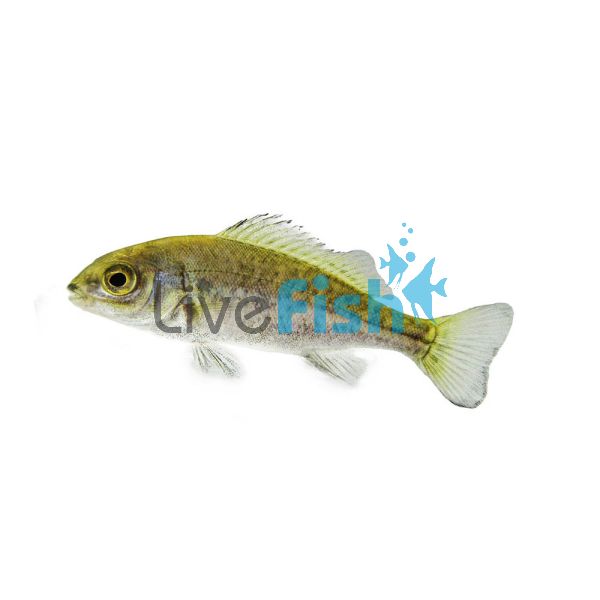Silver Perch 4cm
The Silver Perch is one of Australia's most iconic and hardy native freshwater species, prized both in aquaculture and by native fish enthusiasts. Known for its impressive size, incredible resilience, and mostly peaceful nature, the Silver Perch is a top-tier choice for large aquariums, farm dams, and native biotope displays. Its calm temperament and robust nature make it a fantastic showcase species when given the space it deserves.
Silver Perch
The Silver Perch is one of Australia's most iconic and hardy native freshwater species, prized both in aquaculture and by native fish enthusiasts. Known for its impressive size, incredible resilience, and mostly peaceful nature, the Silver Perch is a top-tier choice for large aquariums, farm dams, and native biotope displays. Its calm temperament and robust nature make it a fantastic showcase species when given the space it deserves.
Silver Perch gets their name from their shiny, reflective silver-grey body that can appear bronze or olive under certain lighting. Juveniles are slender and grow into a powerful, torpedo-shaped fish with a slightly arched back and broad, paddle-like fins. Mature specimens are visually striking, especially in large tanks where their full size and presence can be appreciated. While not as vibrant as tropical aquarium fish, their metallic sheen and natural majesty offer a unique appeal.
These fish are known to spawn in large river systems during flooding events, making breeding in home aquariums rare and difficult. They are broadcast spawners with external fertilisation and no parental care. In controlled aquaculture environments, hormones are typically used to induce spawning.
Tank Recommendations for your Silver Perch
Due to their potential adult size of up to 40 cm, Silver Perch should only be kept in large aquariums or outdoor ponds with a minimum of 500 litres. They require well-oxygenated, clean water and benefit from moderate flow. A sand or fine gravel substrate, large open swimming areas, and additions of driftwood or river stones will mimic their natural habitat. Dense vegetation is not essential, but it can help with aesthetics.
Suitable Tank Buddies
Silver Perch are generally peaceful, but due to their size, they are best kept with other robust, similarly sized species. Avoid small tank mates that may be seen as food.
Usually Compatible
Large native fish such as golden perch, sleepy cod, tandanus catfish, and jade perch.
Sometime Compatible
Medium cichlids and large barbs, depending on tank size and aggression levels. Monitor closely for any territorial behaviour.
Rarely Compatible
Small tetras, shrimp, or any nano species that can fit in their mouth. Aggressive or highly territorial species should also be avoided.
Feeding your Silver Perch
Silver Perch are omnivorous and will readily accept a wide range of foods. In captivity, they do well on floating native fish pellets, as well as fresh vegetables like blanched peas, zucchini, and leafy greens. They also appreciate live or frozen foods such as worms and shrimp, especially during their juvenile growth stages.
| Scientific Name | Bidyanus Bidyanus |
|---|---|
| Care Level | Moderate |
| Common Names | Perch |
| Diet | Omnivore |
| Fish Family | Terapontidae |
| Lifespan (years) | 10 |
| Max. Length (cm) | 40 |
| Min. Tank Volume (l) | 500 |
| Origin | Australia |
| Sociability | Semi-aggressive |
| Venomous | No |
| Water Conditions | 24-28° C, pH 5.5-7.0 |
| Plant Safe | No |




